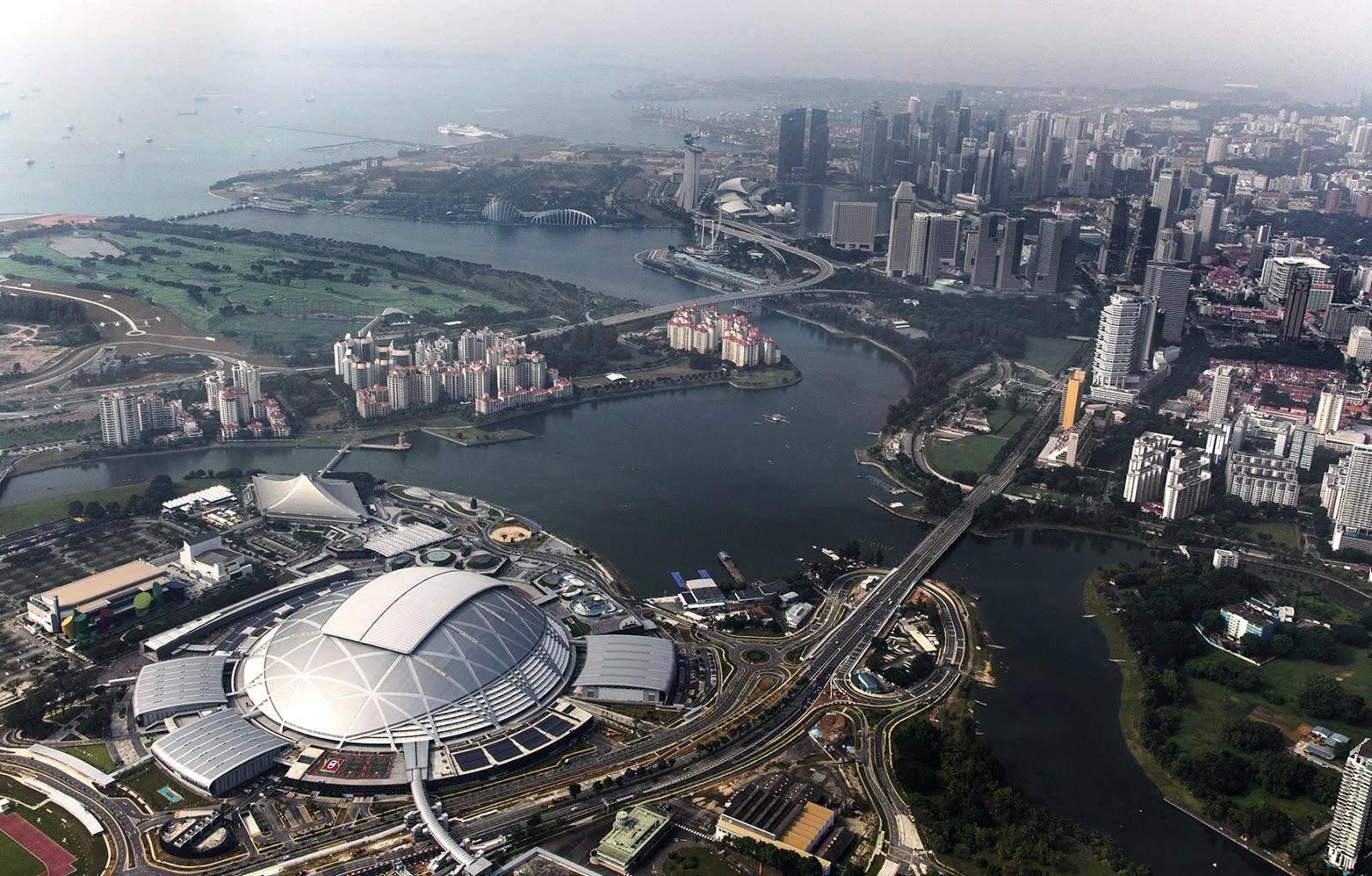As Singapore turns 50 this year, the issues concerning Singapore's past and future come to the minds of many Singaporeans.
How does Singapore compete and remain exceptional to be relevant to the world? How do we nurture and empower our fellow citizens aboard the Singapore mothership?
At the Institute of Policy Studies (IPS)'s annual flagship Singapore Perspectives (SP) conference last Monday, national sovereignty and the challenges faced by global cities were among the main topics discussed.
The late S Rajaratnam, our first Foreign Minister in 1972 spoke of Singapore becoming a global city with the world as hinterland. Today, with globalisation, a world of competition is upon us as every major conurbation seeks to do the same. No matter how bright our star, we inhabit an increasingly crowded sky with new constellations sparking forth across the firmament.
Conventional wisdom tells us to run faster, work longer and try harder, to keep up by being better than other cities in what they do. Likewise the "me too" approach of entering existing markets.
But conservative caution brings a different kind of risk. An existing market already has competitors and incumbents, making the "me too" task harder. Incremental improvement still requires fighting for different slices of the same pie, rather than creating new markets.
In a world where global cities have become commoditised, Singapore can and must do better. While maintaining our core competencies, we must aspire to what no other country or city can do right now. Better still if nobody else can replicate it easily after we have done it.
This requires a certain pioneer mindset, coupled with a gutsy yet responsible approach to investment:
• We must research transformative innovations, even if only a minority of projects will come to fruition.
• Singapore can reinforce the "hub of hubs" status, bringing many disruptive technologies together, interwoven with a culture of design elegance and aesthetics in manufacturing and services.
For example, the modern iPhone and its top Android competitors are so successful because they combine multiple disruptive technology paradigms: multi-touch user interfaces, cloud computing, GPS navigation and the automation of knowledge work. Design sensibilities in turn separated the destinies of the successful Apple iPod and its early Asian competitors which fell by the wayside.
• Intellectual property protection must remain strong enough so that world-class innovators bring their highest-end and most sensitive work to Singapore. But it cannot be so tight that patent trolls stifle invention and competition.
• Public sector investment can spur private breakthroughs. As economist Mariana Mazzucato has observed, many commercialised technologies started out as research projects in academia or the government sector. Investment should still continue, to renew the shared common resources that spur innovation. New partnership models will be needed to socialize the rewards of research, not just the risks.
• In government, the Smart Nation plan is a useful step forward. Imagine a model of social policy making which leverages Big Data analytics across multiple agencies (with the necessary privacy protections), all of it integrated with modern behavioural economics insights. As the World Bank's report "Mind, Society and Behaviour" points out, enlightened policy recognises our human natures and how people's decision-making is influenced by personal circumstances such as plentitude or adversity.
The 3 Cs to seize the future
To seize that future and leap beyond our competitors, we must ignite a special kind of fire within ourselves.
The courage to believe that we can outwit, outthink and outperform the competition from around the world.
The conviction that Singapore, tiny as we are, can still stand for something special, with ideals and community worth defending with all our hearts.
The compassion to hold together as one Singapore family, celebrating our brothers' and sisters' success in times of plenty, while sharing risk and burden in times of need.
I have sympathies for the rabbits of this world, having been born in the year of the Rabbit, and as a child having wanted to keep a rabbit as a pet. However I do not think Singapore will survive if we are rabbits led by rabbits.
 Unless you are a vorpal bunny! (Source)
Unless you are a vorpal bunny! (Source)
There are too many geopolitical and economic tigers, elephants and even dinosaurs out there who might consider us one bite in a happy meal, or trample us underfoot, or sit down on us from a great height (or worse).
Neither will it suffice for us to be rabbits led by lions.
We have to be a nation of lions, led by lions - as the late S Rajaratnam put it in 1983.
Done right and done well, we will not only protect the Singapore mothership. We can transform it into a mothership to boldly go where no mothership has gone before.
Tan Wu Meng is a medical doctor working in one of Singapore's public hospitals. He writes in a personal capacity. His commentaries and op-eds on Singapore are available here.
Top photo from Your Singapore Facebook page.
If you like what you read, follow us on Facebook and Twitter to get the latest updates.
If you like what you read, follow us on Facebook, Instagram, Twitter and Telegram to get the latest updates.


